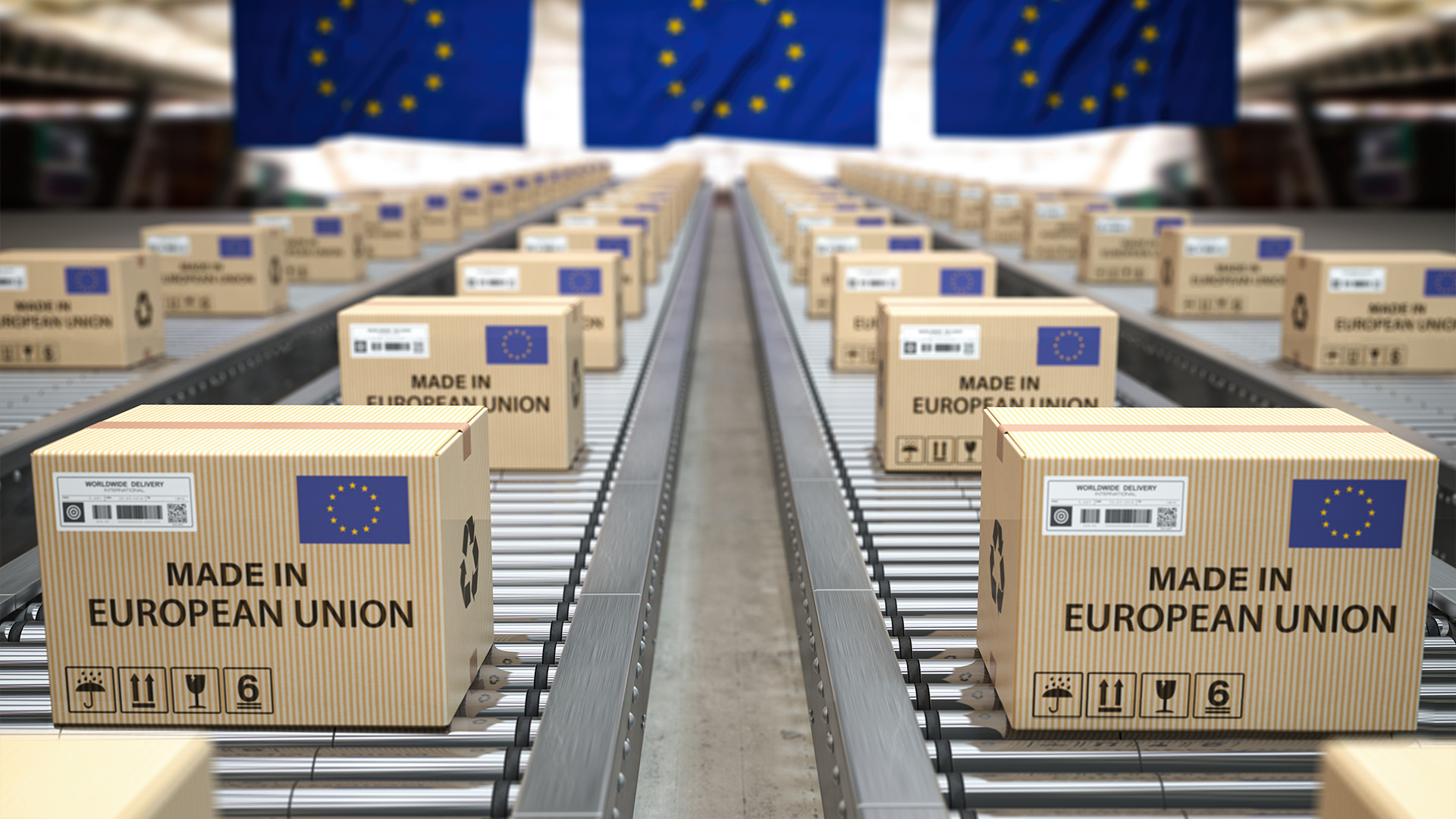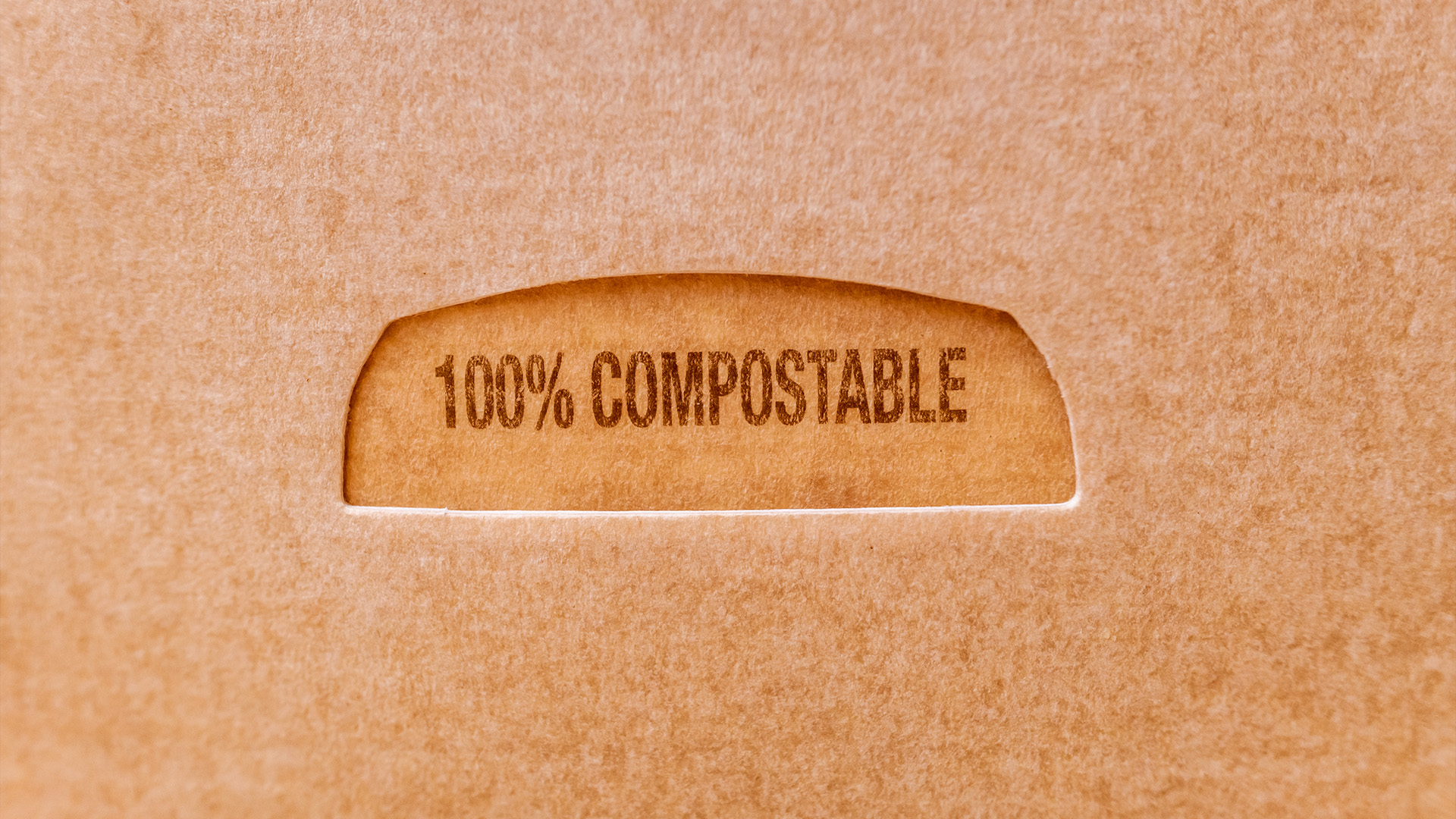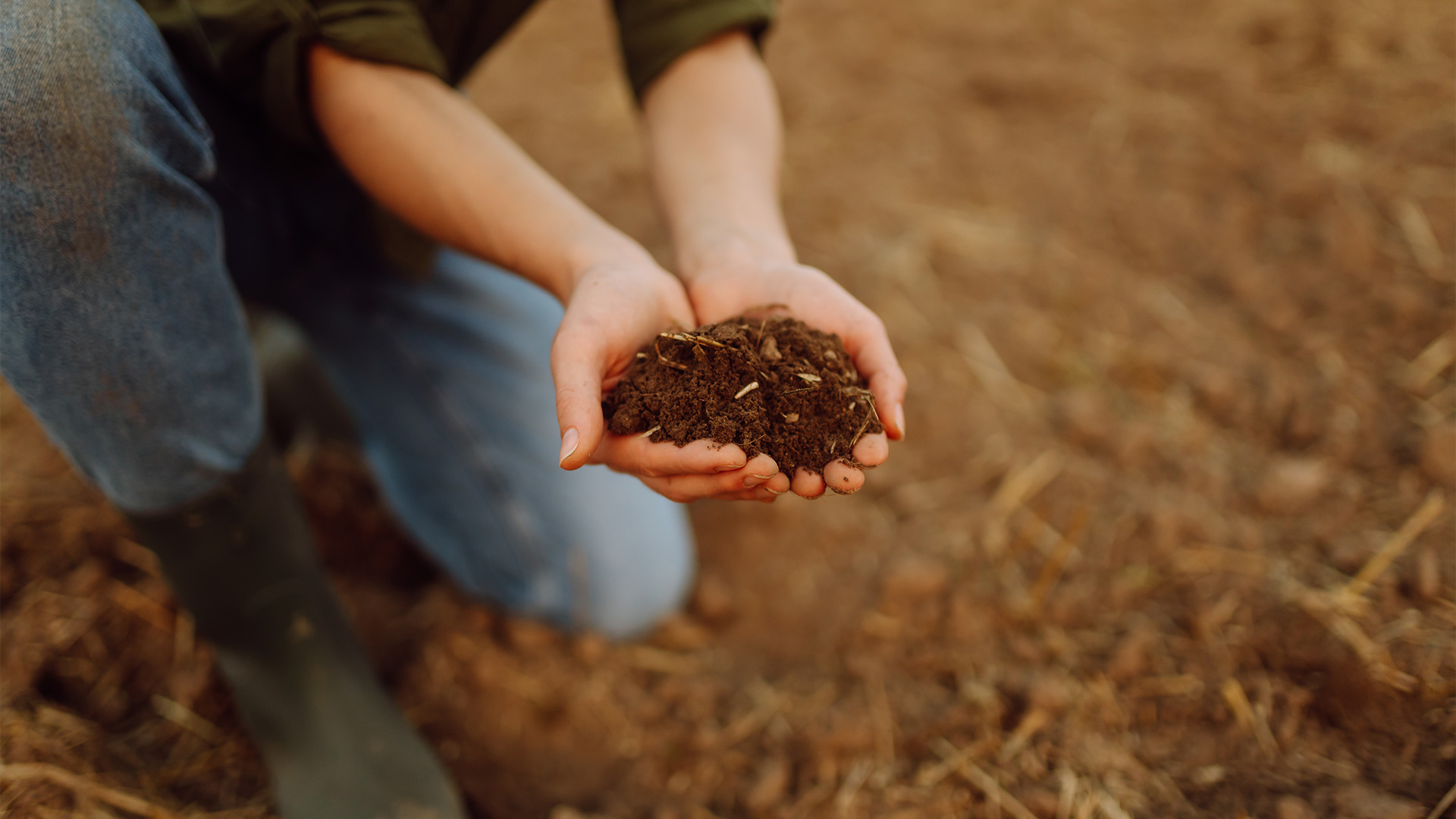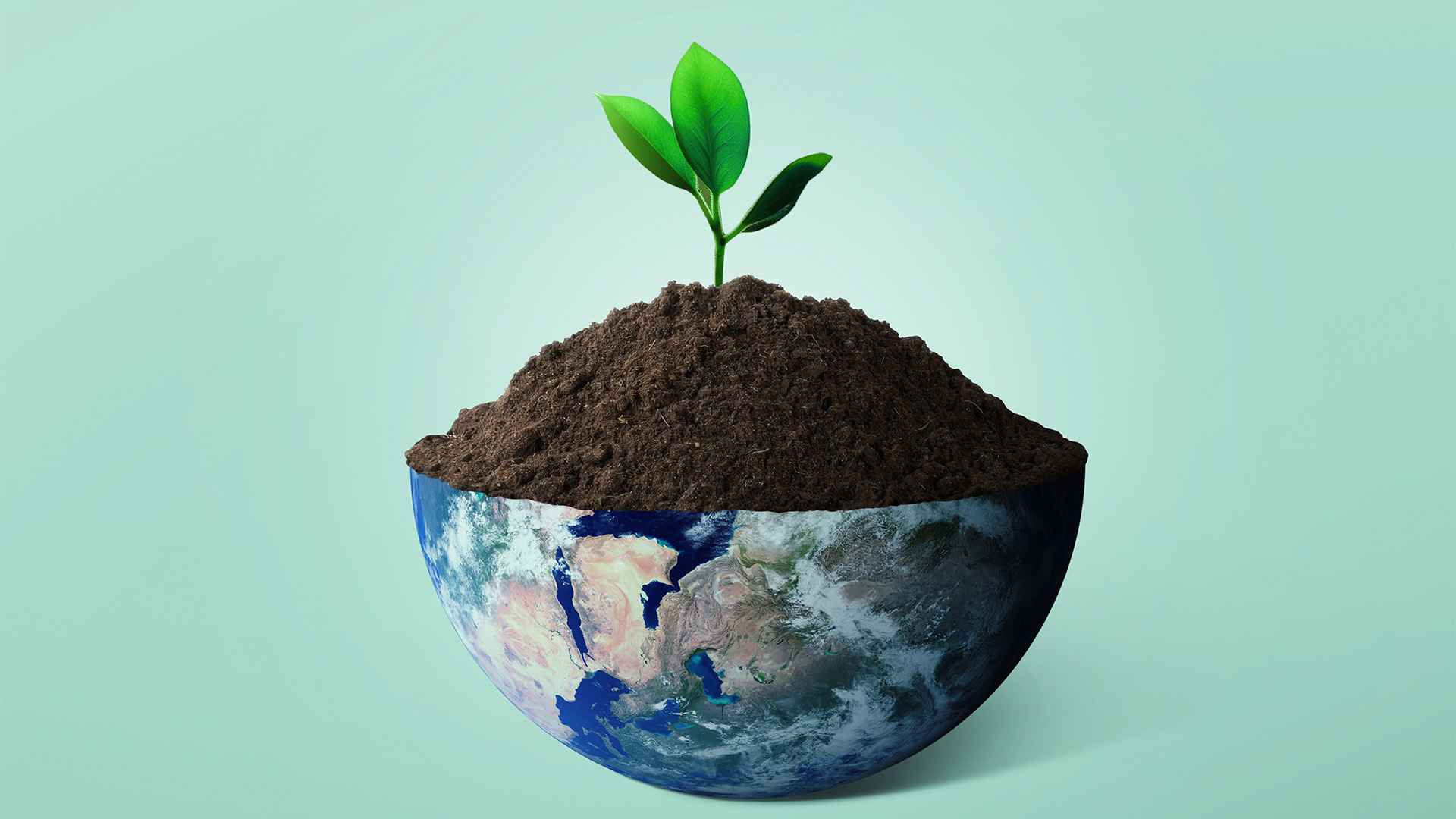The Carbon Border Adjustment Mechanism (CBAM) is an innovative regulation developed by the European Union (EU) to combat climate change and promote sustainable economic growth. This mechanism aims to manage the environmental impacts of international trade in alignment with the EU’s carbon emission reduction targets. Below, we will provide a comprehensive analysis of what CBAM is, how it works, its potential benefits, and its implications.
What is the Carbon Border Adjustment Mechanism (CBAM)?
CBAM is rooted in the European Green Deal, initiated in 2019, which outlines the EU’s goal of becoming climate-neutral by 2050. In 2021, the European Commission introduced CBAM in greater detail, along with its implementation timeline.
The Carbon Border Adjustment Mechanism (CBAM) is a tool designed by the European Union to mitigate the risk of carbon leakage. It imposes a carbon emission tax on importers for products that exceed the EU’s emission limits. CBAM came into effect on October 1, 2023, with reporting obligations, and the transition period will continue until December 31, 2025. During this period, importers will face no financial obligations but must report emissions.
CBAM serves as a critical instrument for achieving the EU’s greenhouse gas (GHG) reduction goals under the European Green Deal. It not only supports efforts to combat climate change but also seeks to safeguard Europe’s competitive edge.
By requiring importers to internalize the carbon footprint of their products, CBAM contributes to the management of international trade from a climate-friendly perspective. This facilitates the attainment of environmental sustainability targets.
Implementation Process
The Carbon Border Adjustment Mechanism (CBAM) is a significant regulation established by the European Union to achieve climate targets and prevent carbon leakage. Its implementation involves two main phases: the transition period and the full implementation phase.
Transition Period (2023–2025)
The transition period began on October 1, 2023, and will last until December 31, 2025. During this phase, importers are required to report carbon emissions without facing any financial obligations. Importers must collect necessary data to determine the carbon footprint of their products. This phase is critical for testing the mechanism’s functionality and making necessary adjustments. Additionally, educating firms about the requirements of the mechanism is essential.
Full Implementation Phase (2026 and Beyond)
The full implementation phase will commence on January 1, 2026. Importers will be required to present CBAM certificates for every ton of CO2 equivalent greenhouse gas emitted. They must adhere to specific methodologies for calculating their products’ carbon emissions. The EU will establish independent audit mechanisms to oversee and verify importers’ reports. Firms that fail to comply with the obligations may face various penalties.
Long-Term Objectives
CBAM’s long-term objectives include reducing carbon emissions, strengthening international cooperation, and expanding the mechanism to new sectors after the transition period. This process requires careful planning and execution during both the transition and full implementation phases. Compliance by importing firms is crucial to achieving the EU’s climate targets.
How Are Emissions Calculated Under CBAM?
Calculating emissions under CBAM involves determining the carbon footprint of imported products, which is critical to the mechanism’s operation. This calculation is based on the energy sources used in production and their associated carbon emission factors.
The calculation process begins with identifying the types of energy used (coal, natural gas, renewable energy, etc.). Carbon emission factors assigned to each energy source are then used to calculate total emissions by multiplying energy consumption by the emission factor.
The carbon footprint is calculated by dividing the total greenhouse gas emissions from the production process by the total product quantity. Embedded emissions must also be considered, which include emissions released during the production of inputs (e.g., raw materials).
The EU verifies the accuracy of data submitted by importers. If data is found to be inaccurate, standard emission factors set by the EU will be applied. CBAM incentivizes importers to report their emissions accurately while ensuring the process is transparent and verifiable.
Key Advantages of CBAM
Combatting Climate Change
CBAM encourages the preference for greener and more sustainable products by accounting for the carbon emissions of imported goods. This mechanism significantly contributes to the reduction of greenhouse gas emissions, playing a vital role in the fight against climate change.
Preventing Carbon Leakage
CBAM aims to prevent carbon leakage, where strict environmental regulations in the EU might lead to production shifts to countries with lower standards. The mechanism ensures fair competition for EU-based businesses by mitigating the competitive advantage of high-emission imports.
Promoting Sustainable Trade
CBAM promotes sustainable trade by giving a competitive edge to firms that adopt environmentally friendly practices. Marketing lower-carbon products, establishing green supply chains, and adopting sustainable production processes provide businesses with new opportunities.
Encouraging Innovation and Technological Development
CBAM drives firms toward cleaner and more sustainable production methods, fostering the development of innovative solutions and green technologies. Businesses can influence consumer preferences through sustainability certifications and green labels.
Preserving Competitiveness
CBAM helps EU-based firms maintain their competitiveness by protecting domestic production from lower-standard imported goods.
Long-Term Economic Benefits
The implementation of CBAM can yield long-term economic benefits. Reducing carbon emissions will also mitigate the adverse effects of climate change, supporting economic stability and promoting sustainable growth.
Potential Implications of CBAM Implementation
Changes in International Trade Dynamics
CBAM could alter international trade dynamics, compelling exporting countries to revise their production processes to access EU markets. This may lead to new negotiations and regulations in trade relationships.
Impact on Developing Countries
Producers in developing countries may face challenges due to CBAM obligations. These countries, often with lower environmental standards, may need to improve their production processes to access EU markets, potentially leading to economic and social consequences.
Shift in Competitiveness
With CBAM, firms within the EU are likely to adopt more sustainable production methods, while high-emission imports will lose competitive power. This could increase market share for domestic producers while posing challenges for foreign firms.
Development of Policies and Regulations
CBAM’s implementation may encourage other countries to develop similar regulations. While this could strengthen global climate policies, it may also spark new debates in international trade.
Changes in Consumer Behavior
CBAM could influence consumers to favor environmentally friendly products, encouraging brands to enhance their sustainability efforts and fostering greater environmental awareness.
Economic Transformation
CBAM is expected to lead to economic transformations in the long run. The transition to sustainable production methods could create new job opportunities while necessitating the retraining of the existing workforce.
Conclusion
The Carbon Border Adjustment Mechanism (CBAM) stands out as one of the European Union’s most significant tools in combating climate change. Supporting environmental sustainability while maintaining economic competitiveness, CBAM is poised to shape the future of international trade. Close monitoring of its implementation process and necessary adjustments will be critical for both EU countries and trading partners worldwide.





